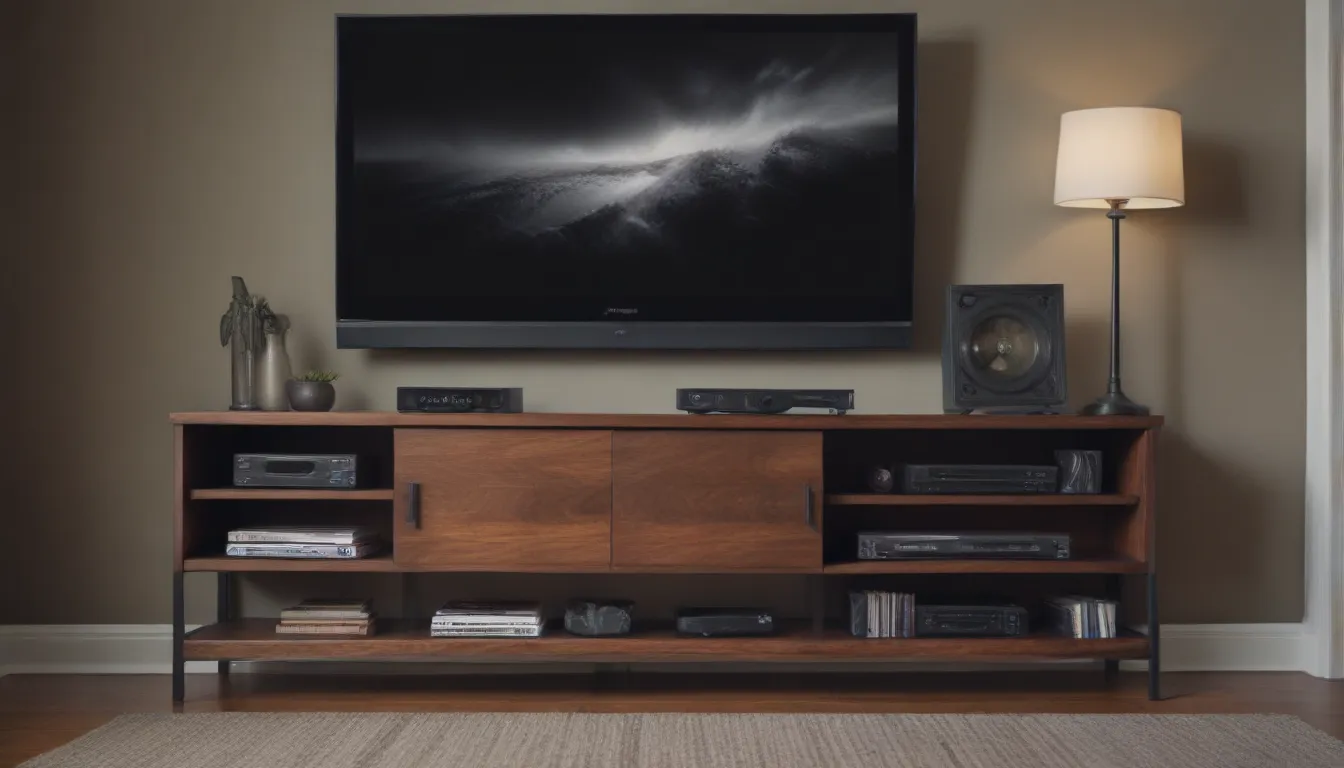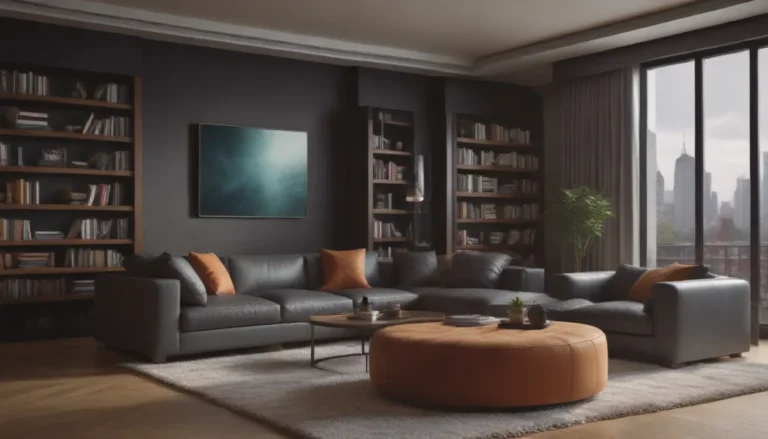TV Stand vs. Wall Mount: Making the Right Choice for Your Space

The television is often the heart of the living room, where family and friends gather to relax and unwind. Whether you’re setting up a new TV or looking to change the placement of your current one, you’re faced with the age-old dilemma: Should you opt for a TV stand or a wall mount? Each option comes with its own set of advantages and disadvantages, and the decision ultimately depends on your specific needs and space constraints.
In this comprehensive guide, we will explore the scenarios where a TV stand may be the better choice, as well as situations where a wall mount would be more suitable. By weighing the pros and cons of each option, you’ll be equipped to make an informed decision that suits your lifestyle and enhances your viewing experience.
When You Should Use a TV Stand
A TV stand, also known as an entertainment center, is a popular choice for supporting your television. These units typically come with ample storage space, making them ideal for organizing gaming consoles, remotes, cables, and other accessories. The convenience of having all your entertainment essentials in one place cannot be overstated.
Pros of a TV Stand:
- Storage: TV stands offer plenty of storage options for organizing your devices and accessories.
- Easy Access: Accessing ports and changing equipment is straightforward with a TV stand.
- Wire Management: Wires and cables can be neatly tucked away, reducing clutter and creating a clean look.
- Sturdy Support: TVs rest securely on the stand, minimizing the risk of accidents or damage.
- Versatility: TV stands come in a variety of styles, from traditional cabinets to repurposed furniture pieces, allowing you to customize your living room decor.
Cons of a TV Stand:
- Space Requirement: TV stands can take up valuable floor space in smaller rooms.
- Limited Mobility: Once the TV is set up on a stand, it may be challenging to move it around easily.
- Aesthetic Concerns: Some TV stands may not match your existing decor or personal style.
Tip: Consider using a vintage dresser or unique furniture piece as a TV stand for added character and charm in your living room.
When You Should Use a Wall Mount
Wall mounts offer a sleek and space-saving solution for displaying your TV. By attaching the television directly to the wall, you can free up floor space and create a modern, streamlined look in your living room. Wall mounts are especially beneficial in small spaces where maximizing space utilization is essential.
Pros of a Wall Mount:
- Space Saving: Wall mounts eliminate the need for a bulky entertainment center, ideal for small rooms or apartments.
- Flexible Placement: You can position the TV at any height or location on the wall for optimal viewing.
- Safety: Wall-mounted TVs are secure and less prone to accidents or tip-overs, making them safer for households with children and pets.
- Minimalist Design: Wall mounts create a clean and clutter-free aesthetic by hiding cords and cables.
- Versatile Styling: Wall mounts suit a range of decor styles, from modern to minimalist.
Cons of a Wall Mount:
- Installation: Mounting a TV on the wall may require professional installation, especially for heavier or larger screens.
- Limited Adjustability: Once installed, the TV’s height or angle may be challenging to adjust without altering the mount.
- Visibility Concerns: Cords and cables may be visible unless concealed with cable hiders or wall routing.
Tip: Opt for a wall mount if you prefer a sleek, modern look in your living room or have limited floor space for a traditional TV stand.
Choosing the Right Option for Your Space
When deciding between a TV stand and a wall mount, consider the following factors to determine the best choice for your living room:
- Room Size: In smaller rooms, a wall mount can help maximize space, while larger rooms may accommodate a TV stand.
- Decor Style: Choose a TV stand or wall mount that complements your existing decor and enhances the overall aesthetics of the room.
- Functionality: Consider your storage and organization needs when selecting a TV stand or wall mount.
- Safety: If you have young children or pets, a wall mount may be the safer option to prevent accidents.
- Flexibility: Determine if you prefer the ability to adjust the TV’s viewing angle and height, which is easier with a wall mount.
- Budget: Factor in the cost of the TV stand or wall mount, as well as any additional installation or mounting expenses.
By evaluating these aspects and weighing the advantages and disadvantages of each option, you can make an informed decision that aligns with your preferences and enhances your TV viewing experience.
Conclusion: Finding the Perfect TV Display Solution
Whether you opt for a TV stand or a wall mount ultimately depends on your space, style preferences, and functional requirements. Both options offer unique benefits and considerations, so it’s essential to assess your specific needs before making a decision.
Whichever choice you make, ensure that your TV is positioned at an optimal height and angle for comfortable viewing. Additionally, consider cable management solutions to keep cords tidy and hidden from view, regardless of whether you choose a TV stand or a wall mount.
With the right TV display solution in place, you can create a cozy and inviting entertainment area that reflects your personal style and enhances your overall viewing experience. Choose wisely, and enjoy countless movie nights and binge-watching sessions in the comfort of your home!





